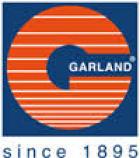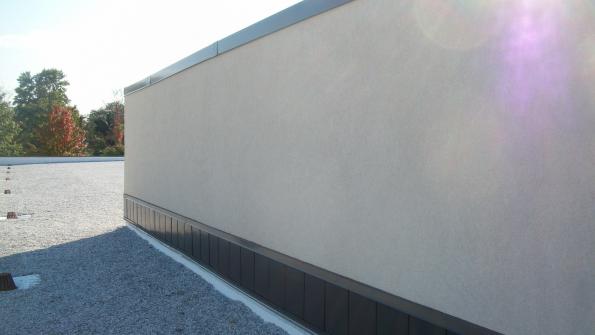Some advice for governments on upgrading or replacing roofs
Roofs on government buildings take a beating from severe weather throughout the year. GPN reached out to Frank Percaciante, the controller at Design-Build Solutions, Inc. (The Garland Co.) to find out what government facility managers can do if they are gearing up for a roof replacement.
An affiliate of Percaciante’s firm, Garland/DBS, Inc., holds a U.S. Communities national cooperative contract. It is Contract No. 14-5903 that covers Roofing Supplies and Services, Waterproofing and Related Products and Services. The pact has a three-year initial term, January 1, 2015 – December 31, 2017. There are options to renew for two additional one-year periods. GPN has written about the contract here. Go here to listen to an on-demand contract webinar on this contract.
Below, Percaciante offers his views. 
GPN: Do you have any advice for governments that are making plans for a roof replacement project?
Frank Percaciante: In general, there are lots of resources available to public agencies that they have access to that are free of charge.
Agencies should gather as much information as possible before deciding what route to go. The cheapest option isn’t always the best option, but that does not always mean that the more expensive the better.
Use the information and evaluate for yourself what your agency is going to get for your roofing expenditure.The goal should be to make a determination on what the best overall value is.
GPN: Can you name any resources that agencies should consult? I’m thinking roofing trade groups and their websites?
FP: Full-service manufacturers like Garland provide a lot of information up front by performing assessments resulting in recommendations on how to proceed complete with project budgets and estimated performance lives. There are some larger roofing contractors that will provide many of the same services, some with in-house capabilities that are also free of charge. Even roof consultants and architects oftentimes provide their thoughts on how they think best to proceed with a project before actually performing any services and charging for the information.
GPN: What kinds of governments—cities, counties, schools, special districts—most often use the U.S. Communities- Garland/DBS, Inc. national cooperative contract?
FP: It’s a mix. Garland/DBS has performed a lot of city and county work. This includes police and fire departments, recreation centers and administrative facilities. In other words, we service all levels of city and county government. In addition, Garland/DBS has also completed projects for school districts.
GPN: What government building types does Garland most often work on through the cooperative contract?
FP: Our roofing projects run the gamut, but the projects that involve some complexities are a great fit for Garland/DBS. These include courthouses, schools and architecturally significant governmental buildings. In general, Garland/DBS works on a variety of different building types, including stadiums, office buildings, bus garages, sewage treatment facilities, schools, etc.
GPN: What are the benefits for governments if they use the U.S. Communities-Garland/DBS, Inc. national cooperative contract?
FP: The two biggest benefits are time and cost savings. There are two delivery options. U.S. Communities users can buy the roofing material direct from us—that is the first option. The 2nd delivery method is to contract with Garland/DBS to complete the whole project. Most public agencies in the U.S. choose this route because the administrative burden is drastically reduced due to the timesavings and additional oversight. In addition, Garland/DBS ensures that customers still receive the benefit of competitive pricing for all the roofing trade labor.
GPN: When Garland completes the whole project, would local contractors perform the work?
FP: Yes, we basically act as the general contractor, but still hold a competition for the trade work among multiple local contractors. Then, Garland/DBS adds our required general conditions and a standard markup for managing the project. The general conditions are the things that you have to include as a contractor in the contracting process, such as bonding, insurance, etc. Finally, we compare this price based upon the actual project scope and jobsite to our pre-established pricing from the master agreement. If there are any savings from the local market competition, Garland/DBS passes them directly to the public agency with full transparency.
Additionally, the public agencies receive assistance throughout the project development phase and the design phase of the project. Our local Garland representatives provide recommendations, help develop specifications and assist with all the project documentation.
Once they determine that they want to move forward with a project, customers can contract directly through Garland/DBS, using the combination of Garland’s best government pricing for materials, our lowest qualified local trade contractor quote for labor and a transparent listing of our general conditions and markup for managing the project as the general contractor.
As a manufacturer and general contractor holding a cooperative contract, we do things differently compared to other cooperative contractors in the roofing industry. We have a site-specific competition, where we make everything transparent, showing the agencies the exact price quotes we received and how we arrived at our final price—that’s a process that is unique to us.
Michael Keating is senior editor for American City & County and the GPN web site. Contact: [email protected]
_____________
To get connected and stay up-to-date with similar content from American City & County:
Like us on FacebookFollow us on TwitterWatch us on Youtube




















